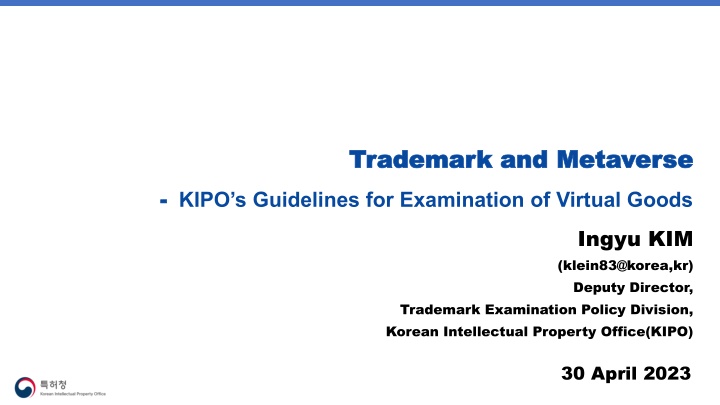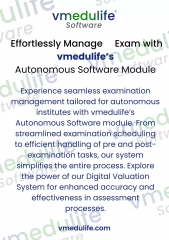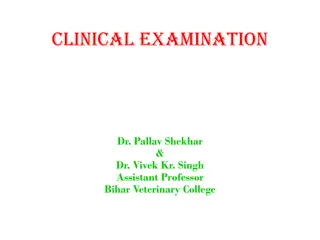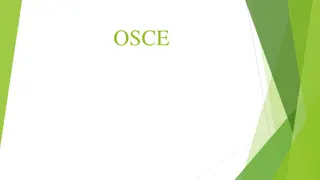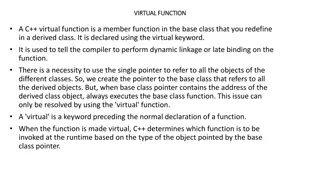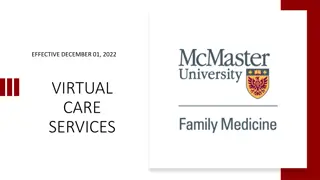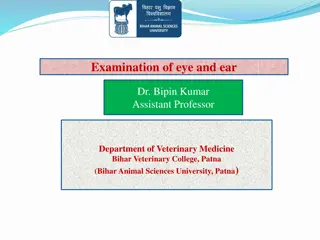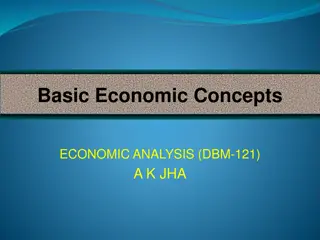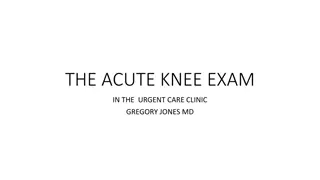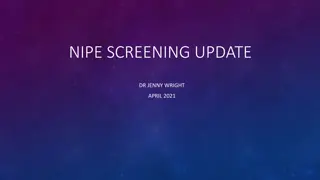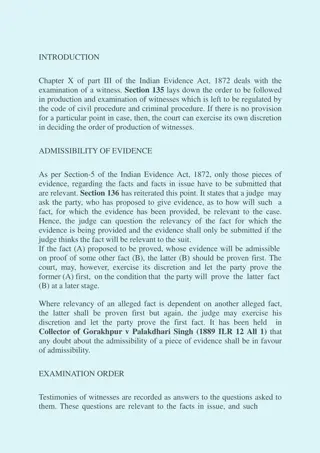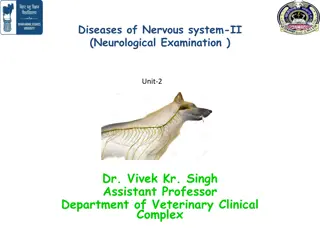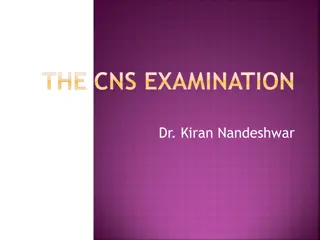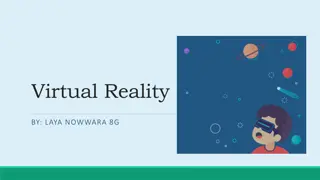KIPO Guidelines for Examination of Virtual Goods
Ingyu KIM, Deputy Director at KIPO, shares guidelines for evaluating virtual goods, addressing ambiguity in terms, similarity to physical goods, and potential confusion between virtual and physical products.
Download Presentation

Please find below an Image/Link to download the presentation.
The content on the website is provided AS IS for your information and personal use only. It may not be sold, licensed, or shared on other websites without obtaining consent from the author.If you encounter any issues during the download, it is possible that the publisher has removed the file from their server.
You are allowed to download the files provided on this website for personal or commercial use, subject to the condition that they are used lawfully. All files are the property of their respective owners.
The content on the website is provided AS IS for your information and personal use only. It may not be sold, licensed, or shared on other websites without obtaining consent from the author.
E N D
Presentation Transcript
Trademark and Metaverse Trademark and Metaverse - -KIPO s Guidelines for Examination of Virtual Goods Ingyu KIM (klein83@korea,kr) Deputy Director, Trademark Examination Policy Division, Korean Intellectual Property Office(KIPO) 30 April 2023
Guidelines for Examination of Virtual Goods (Published on July 14 2022) Virtual Goods The term virtual goods itself is not acceptable for designated goods/services because the scope of virtual goods is ambiguous and there is a possibility of a dispute. EXAMPLE As Designated Goods Virtual Goods X X Downloadable Virtual Goods 2
Guidelines for Examination of Virtual Goods (Published on July 14 2022) Virtual Goods Virtual + existing terms of physical goods in the real world can be recognized as designated goods EXAMPLE As Designated Goods Virtual Clothes O O Virtual Shoes 3
Guidelines for Examination of Virtual Goods (Published on July 14 2022) Similarity between physical and virtual goods Presumed to be dissimilar While virtual products include some elements of physical products such as name and appearance, their use is different from that of their corresponding physical products, so that they will be presumed to be dissimilar until a final judgement is reached Note: As for trademarks that are well-known or have reputation, if there is a likelihood of confusion between virtual and physical goods as to the source of the goods, Article 34(1)11 (likelihood of confusion) and Article 34(1)12 (deception of consumers) will apply. 4
Guidelines for Examination of Virtual Goods (Published on July 14 2022) Similarity between virtual goods Virtual goods have similar attributes in usage but consumers tend to perceive them differently by their corresponding physical goods. So, if their corresponding physical goods are dissimilar in the real world, the virtual goods will be deemed dissimilar. Even if virtual goods share the same similar group code, they will be determined individually considering their features. 5
THANK YOU Ingyu KIM (klein83@korea,kr) Deputy Director, Trademark Examination Policy Division, KIPO 6
